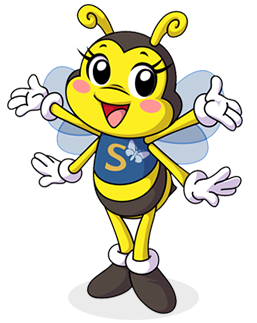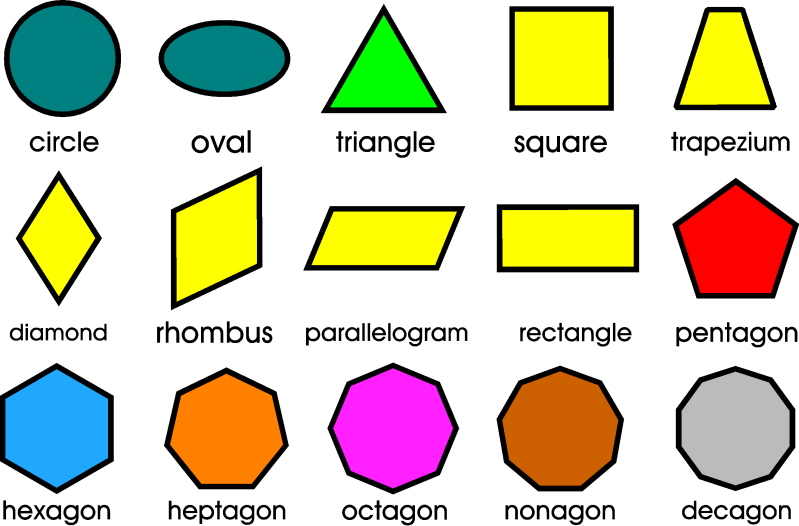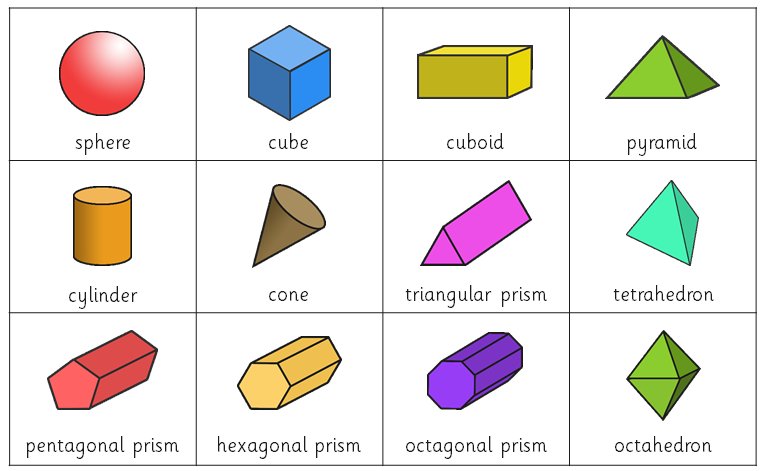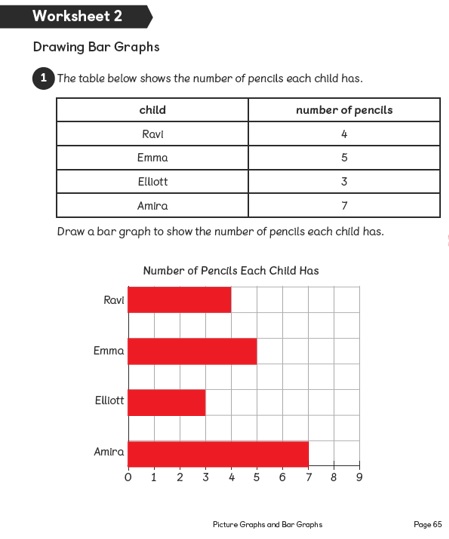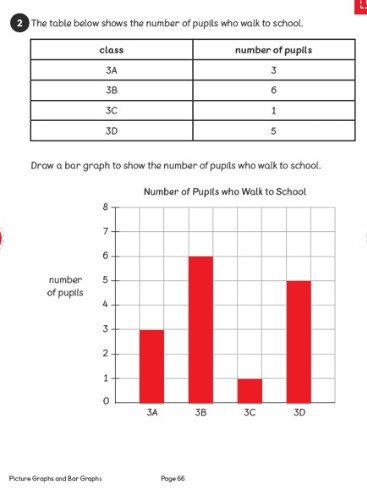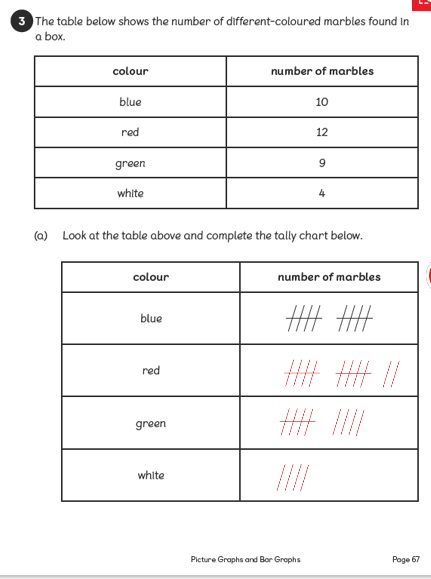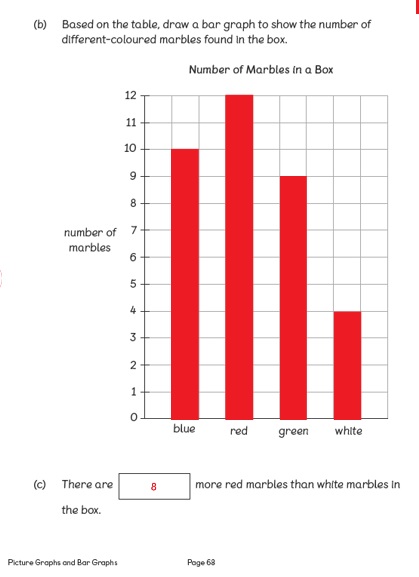Thursday 30th April – Home Learning
Wakey wakey, rise and shine!
With regards to the learning today, do as much as you can and, remember, if there’s a piece of your child’s learning you would like to share, please feel free to send me a picture or video at t.prior@southill.dorset.sch.uk. I will be making a ‘home learning’ blog post at the end of the week so the more the merrier.
Final reminder- Thank you to those parents who have already emailed me in order to let me know they’re all ok. It is essential that you do email me at some point just to let me know that you’re all safe and well.
Apart from that, have an amazing day.
Mr. Prior ?
Spellings
Here are your spellings to learn in preparation for tomorrow’s test. Hopefully you are beginning to recognise them as we have already looked at these earlier in the year.
bicycle
breath
breathe
build
busy
Challenge- find out what the spellings mean using a dictionary and try to use the words in your own brilliant sentence.
Reading
Please ensure your children reads daily for at least fifteen minutes. A combination of them reading independently, out loud to an adult and letting them listen to the story being told by the adult is advisable. Simply record any reading in your child’s reading record book. Remember to also quiz your books.
IMPORTANT REMINDER- we are still monitoring book quizzes on Star Reader so please ensure your child is still doing them. Children are more likely to do well on quizzes if they are able to quiz the book straight after reading it. Parents- you are also more than welcome to read the question out loud for your child if it helps them.
Challenge- As you have already written a film review, why not have a go at a book review as well? Think about how you are going to introduce your review and how you are going to structure it using subtitles.
Writing Task- Non-Chronological Report
Over the past few days we have been focusing on grammar. We have learnt about adjectives, fronted adverbials and relative clauses. I’m hoping that we will see these appearing in our piece of writing over the course of this week. In order to prepare for our non-chronological report, you were then asked to find some fascinating facts about three prehistoric creatures
Today, we are going to write our third section of our non-chronological report. In order to do this, take a look at the remaining prehistoric animal that you found facts on, leave a line space under your last paragraph and write a subheading. e.g.
The Direwolf – Don’t forget to underline it with a ruler.
Your task for today is to, again, turn those random facts into a paragraph. REMEMBER- can you use any:
-impressive adjectives for description
-fronted adverbials to begin your sentences
-relative (drop-in) clauses?
I have written the third section of my trolls non chronological report in order to give you an idea on how to structure your writing and how detailed to make your paragraph. It also demonstrates how you can include the grammar that we have previously learnt about- The Truth about Trolls
Top tip- write your paragraph on a scrap piece of paper first. That way you can proof read it and you will definitely produce your neatest handwriting when writing it into your exercise books. Remember, everything we write must give us a sense of pride.
Arithmetic Task- Shape Sorting
We haven’t actually began our learning on shape yet, however I do know that the children learnt a little bit in Year 2. You will need some pieces of paper for this.
Write 2D on one piece of paper and 3D on another. Then write the names of 2D and 3D shapes on different pieces of paper (I have listed some below). Make sure that they know 2D means 2-Dimensional and it means the shape is flat. 3D means 3-Dimensional and it means the shape has a width, length and height.
2D shapes – triangle, square, rectangle, pentagon, hexagon, heptagon, octagon, nonagon, decagon
3D shapes- cube, cuboid, sphere, cone, triangular-based pyramid, cylinder, square-based pyramid
Then either draw (or print if you can) the shapes on separate pieces of paper. Alternatively, the children can simply look at the shapes on a computer screen for support. The aim of the game is to match the picture with the name of the shape and then place it either underneath 2D or 3D.
There are a whole host of things you can quiz your child on with this activity. Here are some examples-
Simply place them under the titles 2D and 3D
Match the names with the shapes
Ask specific questions like:
‘Pick up the 2D shape which has 3 sides’
‘Which 3D shapes have 6 faces’
‘Pick up the 3D shape which has 4 triangular faces’ etc…
I have provided the shapes below if you wish to print them off and cut out the relevant ones you need:
If you cannot print these off, then draw some of the simpler shapes (i.e. triangle, square, cube, cylinder etc.) and simply use those.
Maths No Problem Task- Picture and Bar Graphs
First of all, here are the answers to the questions from yesterday (pages 65-68)….
In focus task (page 102)- Take a look at the information presented in both the tally chart and bar graph (emphasise that they both show the same information). Ask the children what can they learn from this data. Get them to write out facts that they have learnt from the table/graph, for example…
Mystery books are the most popular
Only two children like fairy tale books
Altogether, 28 children are in the class
12 children like mystery and 10 children like to read comics. That’s a difference of 2.
Ask children questions which involve comparing the bars, e.g. how many more children prefer comics to fair tales? etc.
Let’s Learn (page 103)- Take a look at the information that Lulu and Charles found out from looking at the graph. Remind children about the importance of know what the graph is telling you. Can they remember the x axis and the y axis?
In this case, the x axis (along the bottom) tells us the different books and the y axis (up the side) tells us the number of pupils.
Guided Practice (page 104)- Look at the horizontal bar graph. What do the x and y axis show us now? Work alongside your child and have a go at answering the questions together.
Teaching tips- What is the scale going up in on the x axis? They should realise that it is going up in 2’s. What do the lines stand for in-between each of these numbers then?
Using a ruler in order to line up the end of the bar and the scale at the bottom is another great way to ensure children are reading the graph accurately.
Workbook (pages 69-72)- Children to have a go at the problems in their workbook. Ensure children take their time as children can be known to rush questions they are confident with and, despite knowing the answer, get it wrong. It’s important that they take their time when reading a graph.
I will post the answers to these problems in tomorrow’s blog post.
Topic-based task – Cave Paintings
The Stone Age occurred over 65,000 years ago! The only things that still exist from this period are:
-skeletons (that have been dug up by archaeologists)
-monuments
-cave paintings
This means that a lot of things that occurred during prehistoric times we are still unclear about. A lot of guess work is involved. For example, we are still unsure as to why early man and woman painted on cave walls. Was it to warn others that a cave was cursed? Was it just for enjoyment? Was it a way of communicating with others. Who knows, but it is fascinating!
As the video describes, the main things you will see in a cave painting are – people (normally carrying weapons and tools), prehistoric animals and hand symbols (either coloured in or outlined).
Your task for this week is to create your very own cave painting. Here’s one that I prepared earlier…
You will have ALL WEEK for this task because it’s essential to take your time and make it look authentic. Here’s how you could split it up across the week…
Monday- tea stain some pieces of paper (preferably A4 or A3 however whatever you can get will be fine).
Tuesday- Split your exercise book up into quarters (you may need an adult to help with this). Practice sketching different prehistoric animals, stick figures carrying tools sketching around your fingers.
Wednesday- Continue to practise sketching some of the creatures, stick figures and hand symbols you would normally see on a cave painting.
Thursday- Using either black (and red) paint, pencil or pen, have a go at sketching out your design onto your tea-stained paper. Remember to take your time. Ask an adult if they can singe the edges for you.
Friday- Find some information about cave paintings and write it on a small piece of paper to go next to your cave painting. The information should explain what we know about these unusual markings.
Challenge- If you really want an authentic experience, try some of these with the other pieces of tea-stained paper…
-Use a stone or stick in order to paint your picture
-Draw or paint your picture inside a den or under a table (with limited light).
-Why not put the pieces of paper on a wall so that you are standing up whilst doing it? Obviously ask parents first (we don’t want black paint all up the kitchen wall).
I would love to see some pictures of the children doing this task so please feel free to send me any for the ‘end of the week’ blog.
Other Fun Ideas and Activities
Keen to do more? Not ready to call it a day? Then why not give some of the activities below a go (who knows, you might enjoy it)…
Science Experiments- Rummage around in the cupboards and you may like to have a go at some of these wicked science experiments! Make a massive marshmallow, create a bouncing egg, make pepper swim (link to the importance of washing hands) create a tornado in a glass, create dragon eggs, make your own slime, make a hovercraft balloon or even a skittles rainbow.
Get the children making predictions as to what may happen, draw labelled diagrams and then carry out the experiment. What did you learn from the experiment? Write a little conclusion to show what you have found out.
Want to know how to do these experiments? Visit some of the websites listed below…
https://www.dayoutwiththekids.co.uk/blog/easy-cool-science-experiments-for-kids
https://sciencekids.co.nz/experiments.html
https://mashable.com/article/science-experiments-for-kids/?europe=true
JOKE BOOK- Did you enjoy video last week? If you haven’t seen Jester Prior delivering his all-time favourite jokes yet, then visit the Year 3 news page. Why not create your very own joke book? You could create a title page and note down some of the funniest jokes you can think of. I’m sure your parents could do with a laugh! ?
Audible- a great app which you can download and contains many free books (great to listen to before bedtime).
Prior’s Top Audible Picks – Kid Normal by Radio DJ Greg James and Chris Smith.
-Diary of a Wimpy Kid – Wrecking Ball by Jeff Kinney
-Harry Potter and the Chamber of Secrets by JK Rowling
-The Gift of Dark Hollow (the sequel to Podkin One-Ear) by Kieran Larwood
– Slime by David Walliams
Alternatively, if you’re a real keen Walliams fan, he is currently releasing a lot of chapters of his books for free! This includes an audio story from The World’s Worst Children every day for the next 30 days! Check out this link- https://www.worldofdavidwalliams.com/elevenses-catch-up/
Sumdog- Online maths and literacy questions delivered through entertaining games. Simply create a login totally free of charge, create an avatar and let your children explore and play. Mr Prior’s favourite game…JUNK PILE! It’s addictive- be warned. Parents- you can also set certain questions on there for your children to focus on. Any questions, please email me.
Maths Factor- KEEN FOR EVEN MORE MATHS? Carol Vordeman has made her website free during this strange time…feel free to login and check out some of the activities- https://www.themathsfactor.com/
ICT- Fancy becoming quicker at typing and brushing up on your fine motor skills? Why not have a go at BBC Dance Mat Typing…Dancing for your fingertips…you know the drill…follow the link- https://www.bbc.co.uk/bitesize/topics/zf2f9j6/articles/z3c6tfr
French- Bonjour! Can you find out the names of the following colours in French?
Blue, Green, Red, Black, Yellow, Pink, Purple and Orange
Then can you explain what is your favourite colour…
Ma couleur préférée ________________
Challenge- Create a ‘French’ rainbow to stick in your window. Simply write the names of the colours in French inside each arch.
Lego Construction- Can you create Stone Henge or even a cave out of Lego?
Lexia- If you have a Lexia account, please feel free to login and try to do it for at least 15 minutes.
The Daily Mile- If you have a garden big enough (or a quiet field nearby) why not head out for the Daily Mile? 15 minutes…how many laps can you do?
PE- Namaste….

